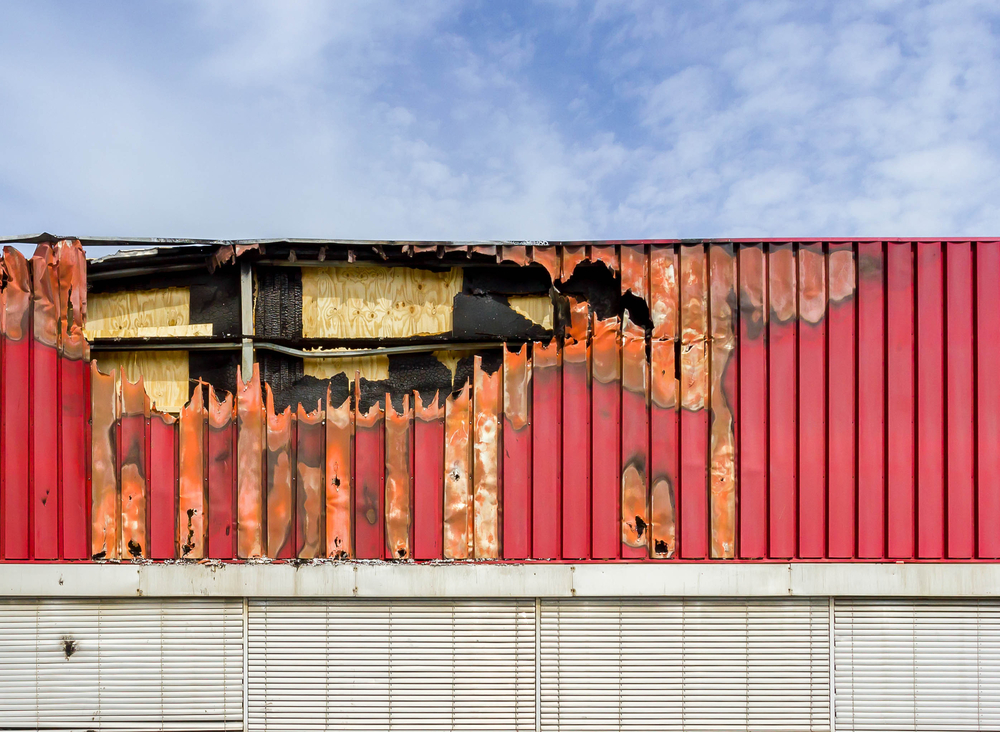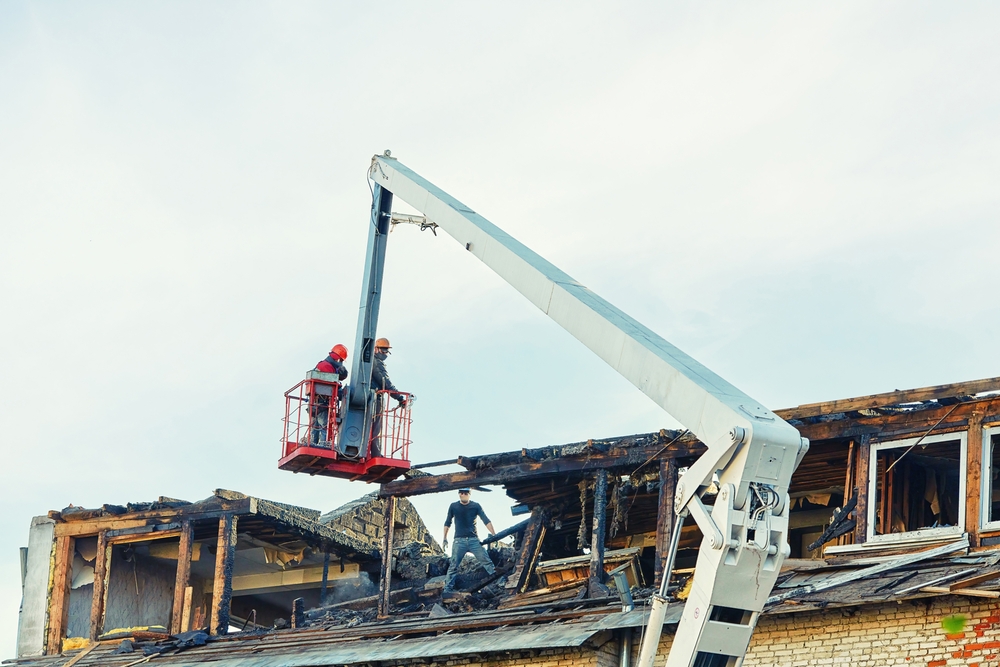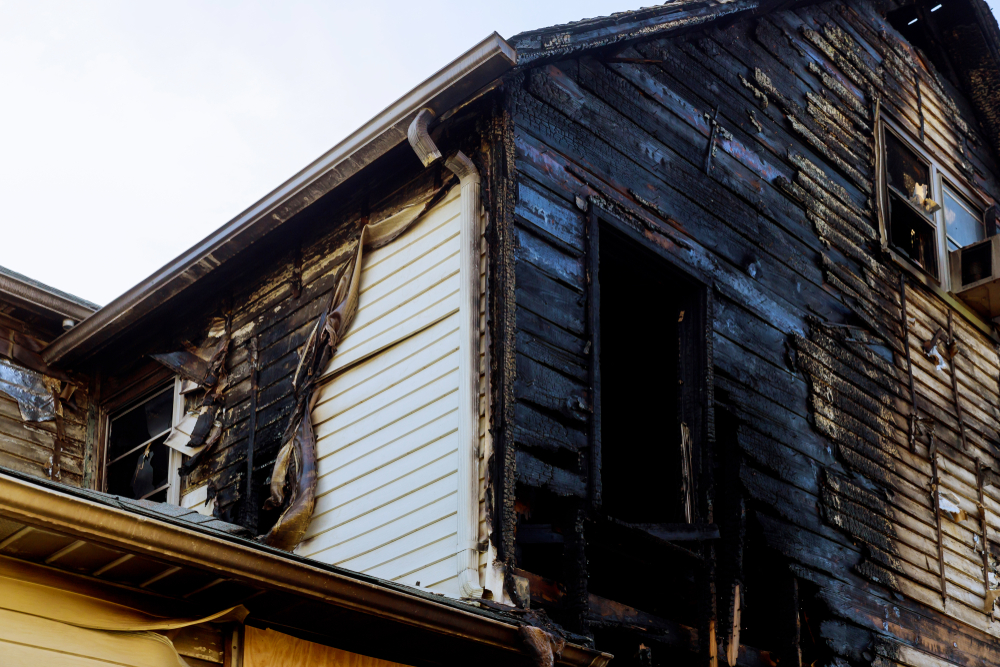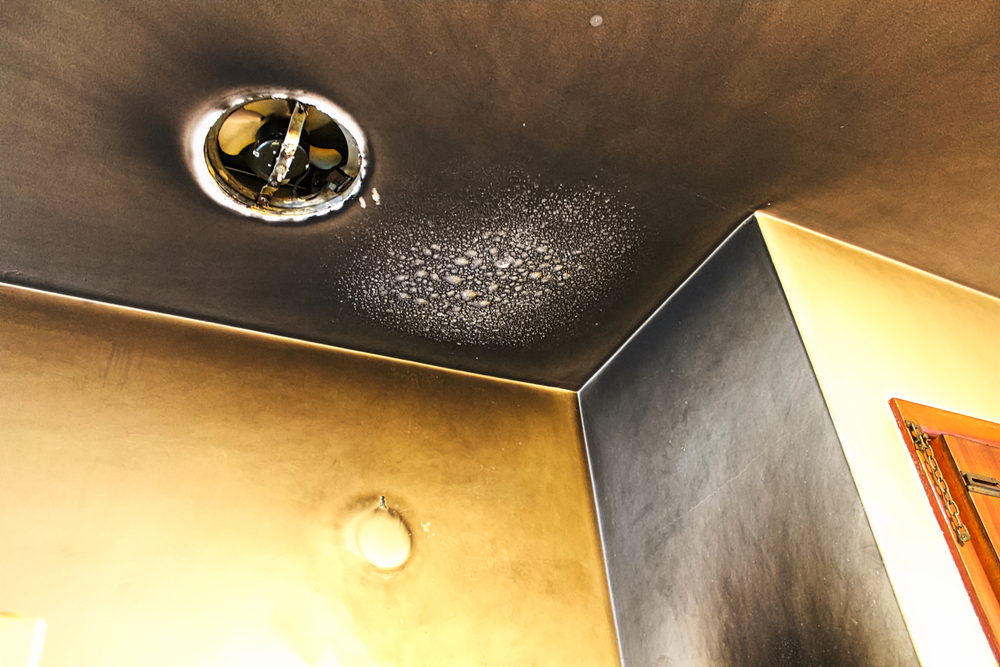Thanks to technological developments, fire damage rehabilitation has changed remarkably in recent years. Originally mostly dependent on human work and visual inspections, restoration today uses modern tools improving accuracy, safety, and efficiency. These ideas are transforming the recovery process following a fire and will help homeowners, property managers, and restoration experts all around. Using these techniques and approaches will help stakeholders negotiate the difficulties presented by fire damage and guarantee more successful results for recovery. This guide explores the developments from modern assessment tools to futuristic ideas that could transform the sector, delving thoroughly into the central importance of technology in modern fire damage restoration.
Key Technological Advancements
Fire damage restoration firms may now tackle problems with hitherto unheard-of accuracy and quickness thanks to technology. These developments have greatly raised the efficiency and success of the repair process. Let’s look at some of the most powerful instruments and approaches:
1. Data-Driven Assessment
Starting with a comprehensive assessment of the damage, technology has advanced this important phase of restoration:
- Thermal Imaging: These sophisticated cameras in thermal imaging identify latent heat damage, moisture pockets, and even mold development, therefore offering a clear and complete picture of impacted areas. This helps restoration professionals to find problems undetectable to the unaided eye, therefore guaranteeing no damage goes unmet. By means of this comprehensive thermal data, restoration experts may create focused plans, therefore minimizing guesswork and accelerating recovery.
- Moisture Meters: Modern moisture meters give exact water content readings for materials including concrete, drywall, and wood. They enable restoration experts to identify wet places needing replacement or drying, therefore stopping further mold development. These devices now have sophisticated sensors that give rapid readings, so supporting quick decision-making.
- 3D Laser Scanning: 3D laser scanning produces exact assessment and planning by creating comprehensive digital models of a place. Visualizing the damage and layout helps restoration crews to prioritize repairs effectively and reduce disturbance to homeowners. These scans are a great source of insurance documentation and future reference as well.
- Drone Technology: Equipped with high-resolution cameras and sensors, drones gather airborne images and data to let teams evaluate roof damage and other difficult-to-reach locations without compromising worker safety. During important recovery times, this technology also speeds up the assessment procedure, therefore saving important time. Drones also give real-time updates, which lets teams adjust to ground-based changing conditions.

2. Advanced Equipment and Techniques
Modern tools have changed the restoration process such that it is faster, more efficient, and safer for all those engaged:
- High-Efficiency Air Scrubbers: Extremely enhancing indoor air quality, high-efficiency air scrubbers eliminate smoke, soot, and dangerous particles from the air. They especially help to reduce the health hazards connected to fire damage. Some models today have smart controls for best performance, therefore guaranteeing clean air all during the restoration process.
- Specialized Cleaning Solutions: Advanced chemical compositions are meant to safely and efficiently remove tough smoke and soot residue from many surfaces, including walls, floors, and furniture. These products are designed for several fabrics, thereby guaranteeing complete cleaning without aggravating more damage. Reflecting the industry’s dedication to sustainability, environmentally friendly alternatives also abound.
- Robotics: Robots are being used more and more in tight or difficult-access areas to clean and eliminate dangerous contaminants. These devices speed and precision the cleanup process while reducing human contact to hazardous surroundings. Robotic technology is enabling these devices to be more flexible and handle difficult restoration jobs.
- Drying Technologies: Modern dehumidifiers and air movers speed the drying process, therefore avoiding secondary damage like structural degradation and mold growth. These tools are quite essential for guaranteeing that the impacted areas are totally dry. Smart sensors are now included into advanced models to track humidity levels and automatically change settings.
3. Digital Documentation and Communication
Particularly in relation to insurance claims and customer updates, accurate documentation and flawless communication are absolutely vital during the restoration process:
- Project Management Software: By simplifying paperwork, communication, and scheduling, project management software guarantees that every involved party stays informed and in line all through the restoration process. Improved versions today use AI-driven analytics to forecast project schedules and allocate resources more effectively.
- Digital Photography and Video: During restoration, high-resolution photos and movies help to record damage and follow development. These images give clients openness and are quite helpful for insurance needs. 360-degree images made possible by advanced imaging technologies help clients and insurance companies to better grasp the damage.
- Remote Monitoring: Advanced sensors offer real-time environmental condition data like temperature, humidity, and air quality remotely. Without continuous on-site presence, restoration specialists may remotely monitor these parameters to guarantee best drying and restoration techniques. Faster reaction times are made possible by remote monitoring systems now including sending automated alarms for irregularities.
Benefits of Technology in Fire Damage Restoration
Including technology into fire damage restoration has many benefits for restoration experts as well as for their clients. These encompass:
- Increased Efficiency: While contemporary equipment speeds repairs and cleaning operations, technologies like drones and 3D scanners greatly cut the time needed for evaluations and planning. Shorter recovery times and less hardship for property owners follow from this.
- Improved Accuracy: Data-driven tools remove guesswork, therefore ensuring that restoration plans fit the particular requirements of every site. Better results and less potential problems resulting from this accuracy help to save time and money over time.
- Enhanced Safety: Using robotics, drones, and remote monitoring helps to reduce exposure to dangerous chemicals thereby shielding citizens from possible health hazards as well as employees. These safety precautions also lessens responsibility for restoration businesses.
- Better Client Experience: Faster turnaround times, better communication, and open procedures help clients to have a more favorable experience. Knowing that innovative technology is being applied gives homeowners and property managers hope for the restoration process.
- Environmental Responsibility: Eco-friendly cleaning products and methods that cut waste point to a dedication to sustainability. In line with more general society aspirations for environmental stewardship, restoration experts can minimize the impact of their activities on the surroundings while yet producing outstanding outcomes.

The Future of Technology in Fire Damage Restoration
The way technology develops will likely cause its influence in fire damage restoration to grow much more to widen. New ideas might completely transform the sector:
Artificial Intelligence (AI) and Machine Learning
Data analysis using AI-powered systems can help to predict results, spot hazards, and maximize repair efforts. Machine learning techniques could soon allow repair teams to offer customized remedies for certain damage situations, therefore enhancing accuracy and efficiency. These technologies can also free experts to concentrate on challenging problems by automating routine chores.
Internet of Things (IoT)
Real-time environmental condition monitoring—including temperature, humidity, and air quality—provided by IoT-connected smart sensors By alerting restoration teams to changes needing quick attention, these sensors enable proactive adjustments during the healing process. IoT networks could potentially interface with building management systems to improve preventative actions against future harm.
Virtual Reality (VR) and Augmented Reality (AR)
With immersive simulations of real-world events, VR and AR tools are poised to improve training for restoration professionals. These technologies can also enable customers to see the final results and restoration process, so enhancing communication and providing reasonable expectations. By overlaying digital instructions onto physical surroundings and improving accuracy, AR technologies may also help on-site specialists.
Conclusion
With tools and methods that increase accuracy, safety, and efficiency, technology has changed fire damage rehabilitation. Accepting these developments would help restoration experts to simplify processes and lower environmental impact, so improving the results for their clients. With breakthroughs like artificial intelligence, IoT, and AR primed to transform the sector, the future promises even more.
Selecting a repair business that uses contemporary technology is a vital first step for homeowners and property managers toward quicker, safer, and more successful recovery. Investing in cutting-edge tools and technologies helps restoration experts make sure fire-damaged homes are rebuilt with the best degree of knowledge and care.
Philadelphia Restoration Services
https://www.google.com/maps?cid=3399342399556699153
+1 267 668 0013
https://philadelphiarestorationservices.com/


